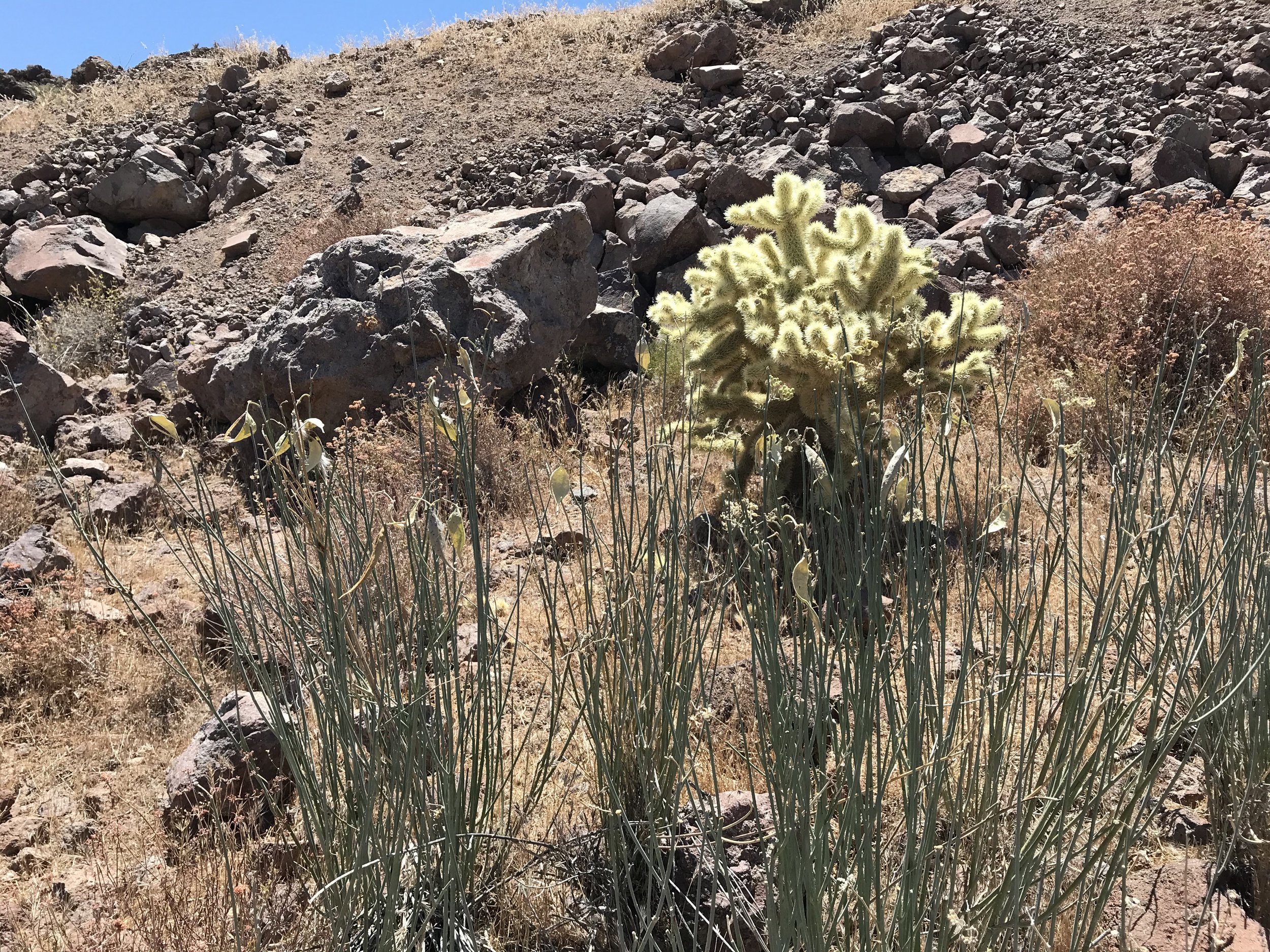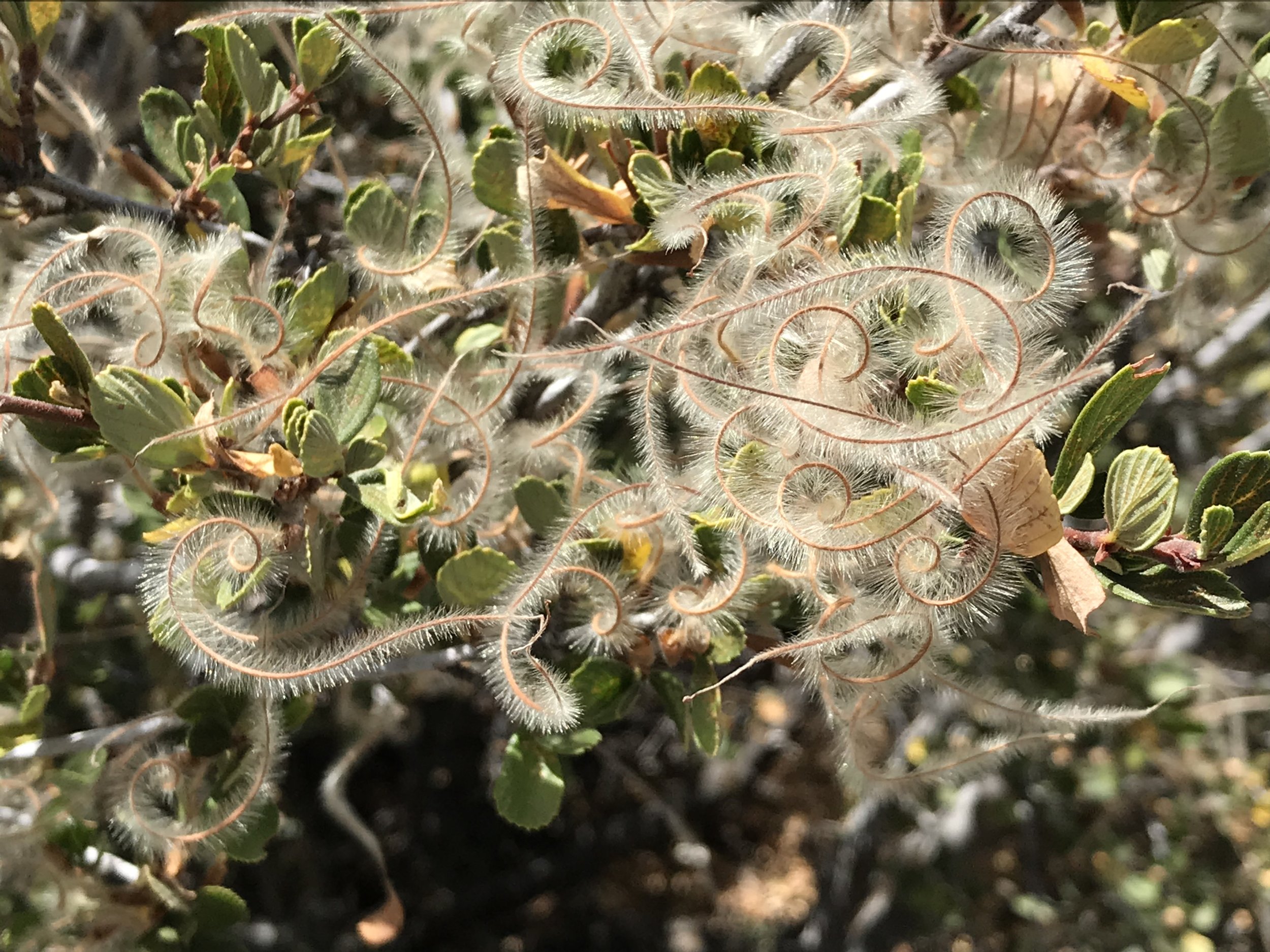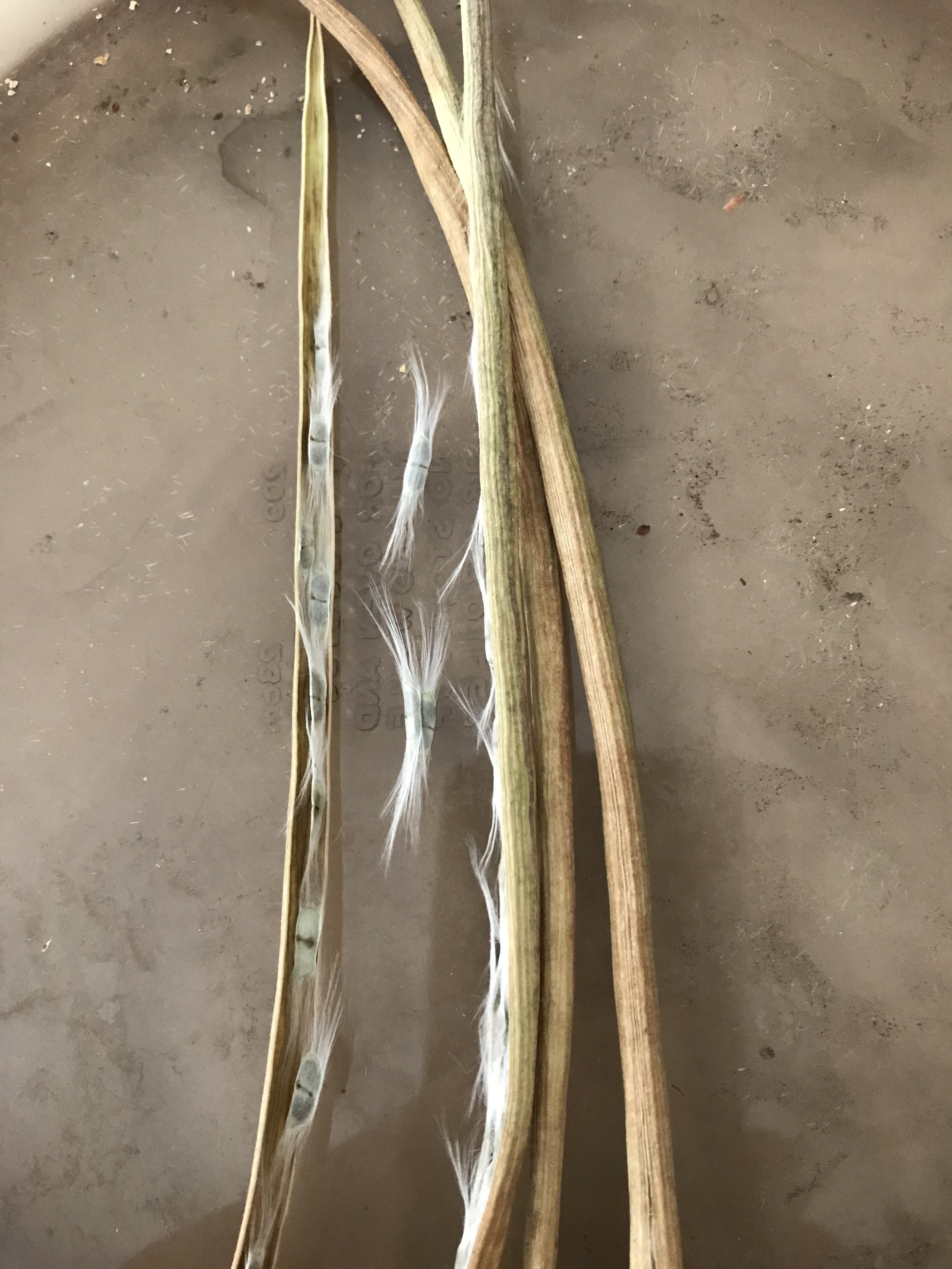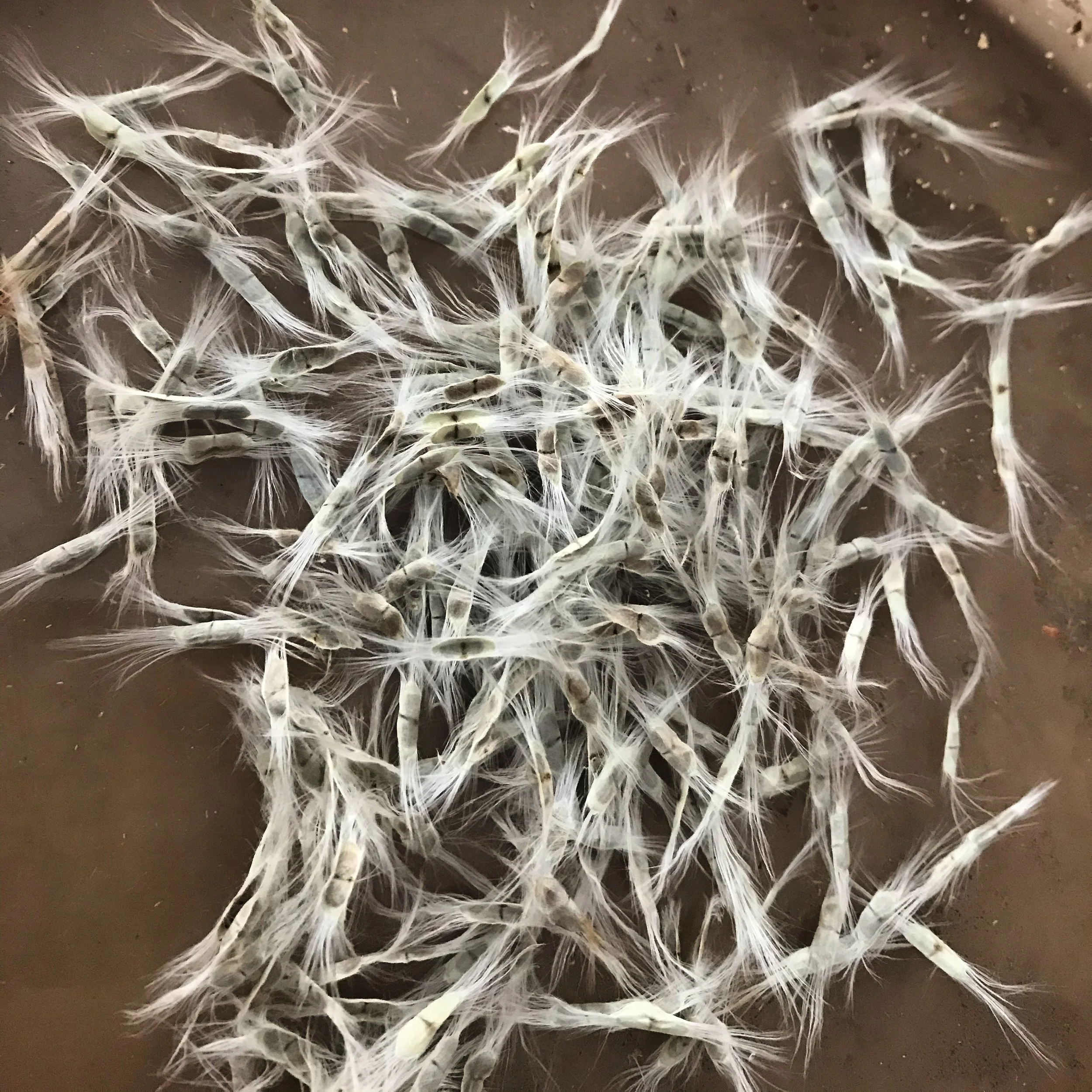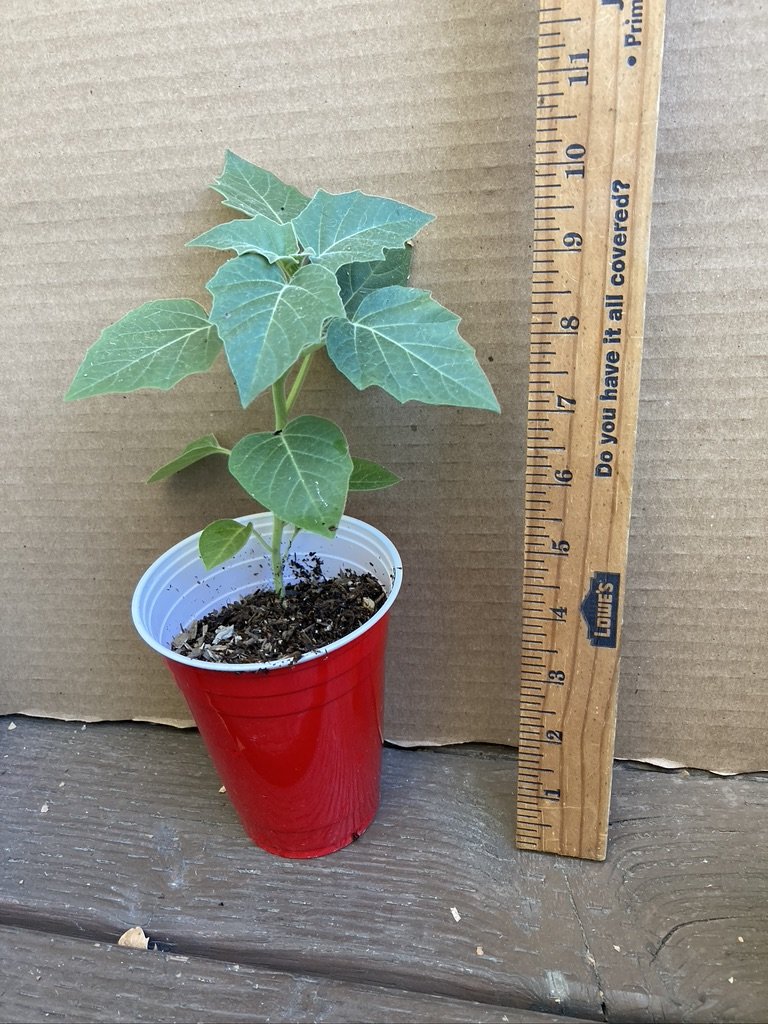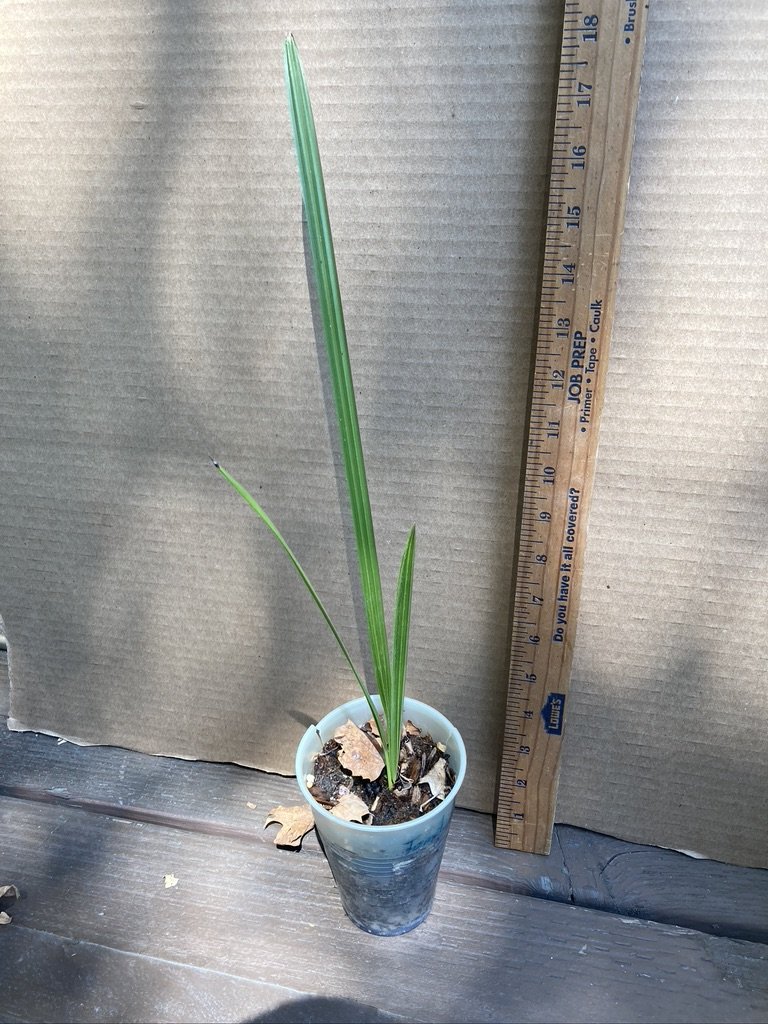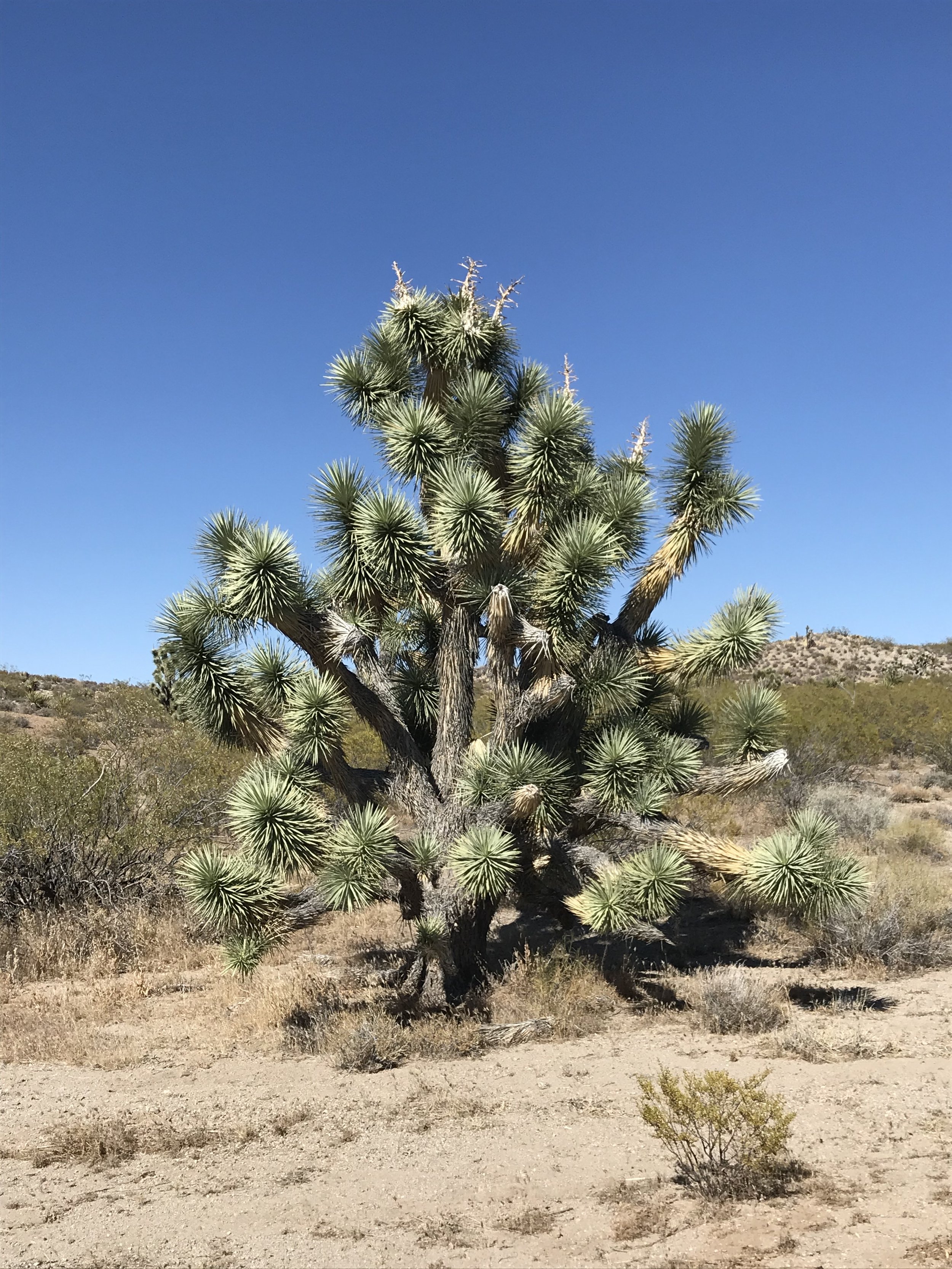Botanic Curiosities
Purveyor of Rare and Unusual Plants
These plants are or will soon be available on Ebay.
Artocarpus heterophyllus
Jackfruit is a large, tropical tree that produces the largest fruit of any tree. The fruit is popular in Asia and is growing in popularity in other parts of the world. Despite being tropical, the tree can take a couple degrees below freezing, if the freeze is short. Zone 9b, full sun to part shade, grows to 70’.
A young jackfruit
Asclepias subulata
This plant is a deciduous milkweed (or leafless milkweed). This is a unique-looking desert plant from the American southwest. When leafless (which is most of the time in nature), this milkweed resembles a rush. Zone 9a, desert conditions, full sun. Grows to 4’ by 4’.
Asclepias subulata
Asclepias subulata
Asclepias subulata
Asclepias subulata
Asclepias subulata
Asclepias subulata
Brassica oleracea longata
Also called Jersey kale, Jersey cabbage, and walking stick kale). This is a giant among brassicas (cabbage, cauliflower, kohlrabi, etc), growing to as much as 20' (6.5m). This kale originated in the UK's Channel Islands and can be grown in places with mild winters and cool summers. In my experience they have come through hot Sacramento summers without too much difficulty with sufficient watering. The dried stems have been used to make walking sticks, fences, and rafters. and the large leaves have been fed to animals. This plant is a short-lived perennial in zones 9a and warmer.
Cajanus cajan
Pigeon Pea (Cajanus cajan) This is a perennial, small tree that copiously produces flowers and pods containing edible seeds that can be eaten raw when young and cooked when mature. In suitable climates this plant can grow to fifteen feet in one season. Zone 9a, full sun. Grows to 12’.
Cajanus cajan
Seed pods
Seed pods and flower buds
Carica papaya
Carica papaya (papaya). The papaya plant is striking and tropical-looking and can grow to 33' (10m) in height. The papaya is a plant, not a tree, despite it taking on tree-like dimensions. The stem branches only rarely, making it look something like a palm tree. Papaya plants are dioecious, meaning their male and female flowers are on separate plants. A single female papaya will produce fruit, but having two or more plants nearby each other should increase yield. The leaves are large, up to 28" (70cm) wide. This is a Hawaiian variety that produces fruit like the typical papayas found in grocery stores.
The papaya is a tropical, frost-tender plant originating in southern Mexico. Even brief dips below freezing can have deleterious effects on the plant. If you live somewhere frosts are rare you can cover the plant when the temperature is too low. In colder climates the papaya can be grown in a pot. The plant requires well-drained soil and good watering.
In addition to the ripe fruit, immature fruit are sometimes cooked and eaten. The seeds are also edible and have a peppery flavour.
Cercocarpus
The mountain mahogany grows as a large shrub to a small tree. The most unique features of the plant are its feather-like fruit which make the shrub appear to be covered in down.
Chilopsis linearis
Desert Willow . This desert tree is related to catalpa and is not a willow. This tree can eventually grow to 30 feet in height. This tree can be found growing naturally in desert washes and along stream banks. Zone 6a, full sun to part shade.
Chilopsis linearis
Chilopsis linearis
Chilopsis linearis
Cucurbita foetidissima
Buffalo Gourd. This drought-tolelrant, perennial gourd is found growing the central and southwestern United States and northern Mexico. The plant grows a large, tuberous root and has sprawling vines that can grow to around 10 feet in length and produce yellow flowers in summer. The arrowhead-shaped leaves are an attractive shade of greyish green, and the plant produces round, inedible gourds in the autumn. It is hardy from zone 5b up.
Datura wrightii
Thorn apple, jimson weed. Datura are drought-tolerant perennials with large, white, trumpet-shaped flowers. The common name ‘thorn apple’ is due to the fruit being covered in spines. The handsome plants can grow to three feet tall and six feet wide. The flowers have a pleasant smell while the rest of the plant does not. The entire plant is highly toxic.
These can be grown as annuals in climates colder than zone 9.
Ficus carica
Ficus carica (fig) is known for its fruit as well as its ornamental qualities. Coming from the Mediterranean region, the fig is drought tolerant but needs to be watered until it is well-established. The leaves are large and coarse and the flowers are pollinated by tiny wasps. The trees can grow to 33' (10m) in height and breadth. This tree is hardy in zone 7 in a sheltered area and in zones 8 and up. The fig trees I offer come from a wild (feral) tree I found in a remote canyon east of San Jose, CA.
Fig
Enterolobium cyclocarpum
Guanacaste (Enterolobium cyclocarpum) The national tree of Costa Rica, this impressive tropical tree has mimosa-like foliage and ear-shaped seed pods. Unlike many large tropical trees, this one does not form buttresses. Zone 10b, full sun. Grows to 120’
Enterolobium cyclocarpum
Fouquieria splendens
Fouquiera splendens (ocotillo) is a unique-looking plant native to the Sonoran and Chihuahuan deserts of the southwestern USA and northwestern Mexico. This woody plant can grow up to 20' (7m). It grows in the shape of an inverted broom head. The branches are covered in sharp thorns and the red flowers attract hummingbirds. The tree is seasonally deciduous, dropping its leaves when conditions are dry and regrows them when they have received enough water. In my experience with them in cultivation, they randomly drop and regrow their leaves despite uniform watering.
Fouquiera splendens
Fouquiera splendens
Fouquiera splendens
Parkinsonia
Palo Verde (Parkinsonia aculeata). A desert tree from the southwest USA and northwest Mexico, this tree has a lovely, smooth, green trunk, as the name implies. The tree will be covered in yellow blossoms when it flowers. Zone 8b, full sun, desert conditions, grows to 30 '.
Parkinsonia
Parkinsonia
Parkinsonia
Parkinsonia
Parkinsonia
Phoenix dactylifera
Date palm(Phoenix dactylifera). Dates are a common fruit. They grow on a fairly-rapidly growing palm tree native to the middle eastern deserts. They have reasonable cold tolerance for a palm, but do not like wet conditions. Zone 8b, full sun to light shade. Grows to 100’.
Phoenix dactylifera
Phoenix dactylifera
Phoenix dactylifera
Yucca brevifolia
The Joshua tree is an easily-recognised desert tree from the Mojave desert in the southwestern USA made famous by the U2 album of the same name. This plant can grow up to 40'(7m) in height. Once established it has some impressive drought tolerance. The plant is very slow growing and is hardy to USDA zone 6a. This plant requires full sun and dry conditions.
Yucca brevifolia
Yucca brevifolia
Yucca brevifolia
Yucca brevifolia
Yucca brevifolia



